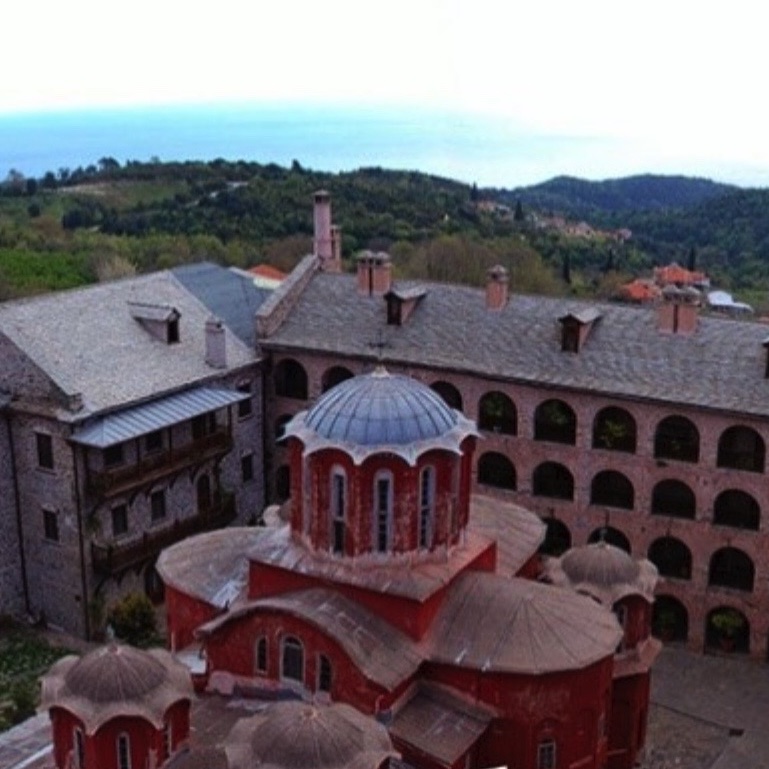Cracking the code of Earth's magnetic mysteries: ancient secrets unveiled by byzantine bricks reconfirmed by Mesopotamian ceramics

HTML: 3
All claims expressed in this article are solely those of the authors and do not necessarily represent those of their affiliated organizations, or those of the publisher, the editors and the reviewers. Any product that may be evaluated in this article or claim that may be made by its manufacturer is not guaranteed or endorsed by the publisher.
The study of the magnetization of artifacts discovered at archaeological sites, such as ceramics or hearth remnants, is known as archaeomagnetism. This technique is based on the idea that some materials get magnetized in the direction and intensity of the Earth's magnetic field at the time when heated or exposed to extreme heat. Development in the field has been made to improve magnetometer devices and sample size, as well as measuring techniques of thermal remanent magnetization. It helped to study the variation of the complex Earth’s magnetic field or geomagnetic field (GMF) for both geophysical and archaeological dating benefits. The rapid change in GMF within a few hundred or decades, as being of genuine origin or methodological and sample unsuitability has been a matter of debate. Data from about 40 years ago derived from well-dated Byzantine churches that first confirmed such geomagnetic spikes is discussed along with recent archaeomagnetic data from Mesopotamian inscribed bricks and Levantine slags.
How to Cite

This work is licensed under a Creative Commons Attribution-NonCommercial 4.0 International License.
Copyright (c) 2024 The Author(s)
PAGEPress has chosen to apply the Creative Commons Attribution NonCommercial 4.0 International License (CC BY-NC 4.0) to all manuscripts to be published.

 https://doi.org/10.4081/peasa.24
https://doi.org/10.4081/peasa.24



